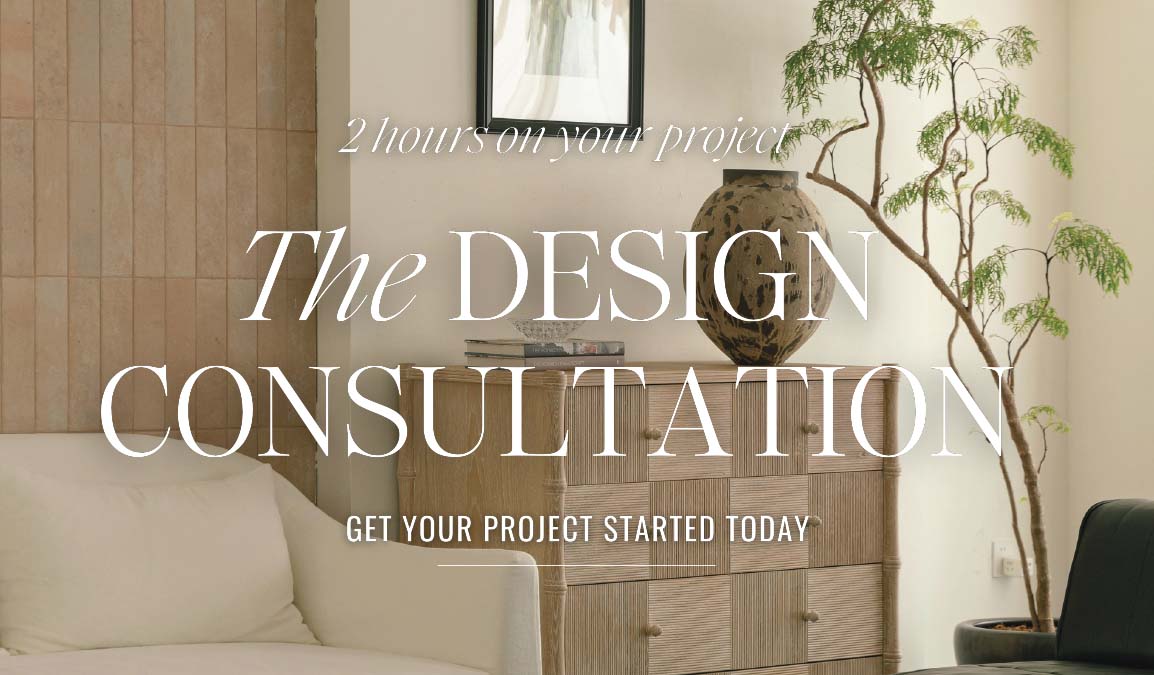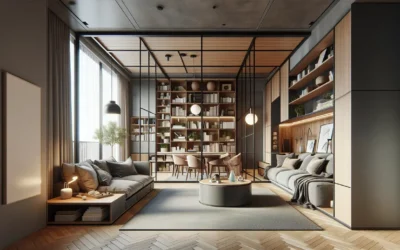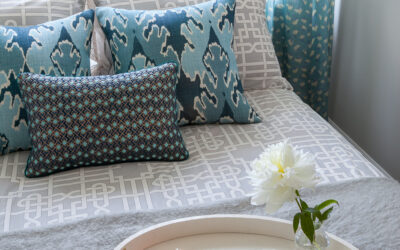In the world of high-end hospitality, a room is never just a room—it’s an invitation. One that lingers in memory long after the suitcase is unpacked.
The Rise of Experience-Driven Design
In the past decade, luxury hospitality has shifted from opulence to intimacy. Guests now seek more than five-star amenities—they want a sense of place. A boutique hotel or branded residence must feel both rare and inevitable, as though it couldn’t exist anywhere else in the world.
The term branded residences—once reserved for a handful of high-profile partnerships—has matured into a global trend, with hospitality brands like Aman, Four Seasons, and Bulgari blurring the lines between resort and home. The result: a clientele that expects the serenity of a private residence with the precision of a luxury hotel.
“In hospitality, the real luxury is in the layers—textures that surprise, views that slow you down, and moments that make you forget your phone exists.” —Rachel Blindauer
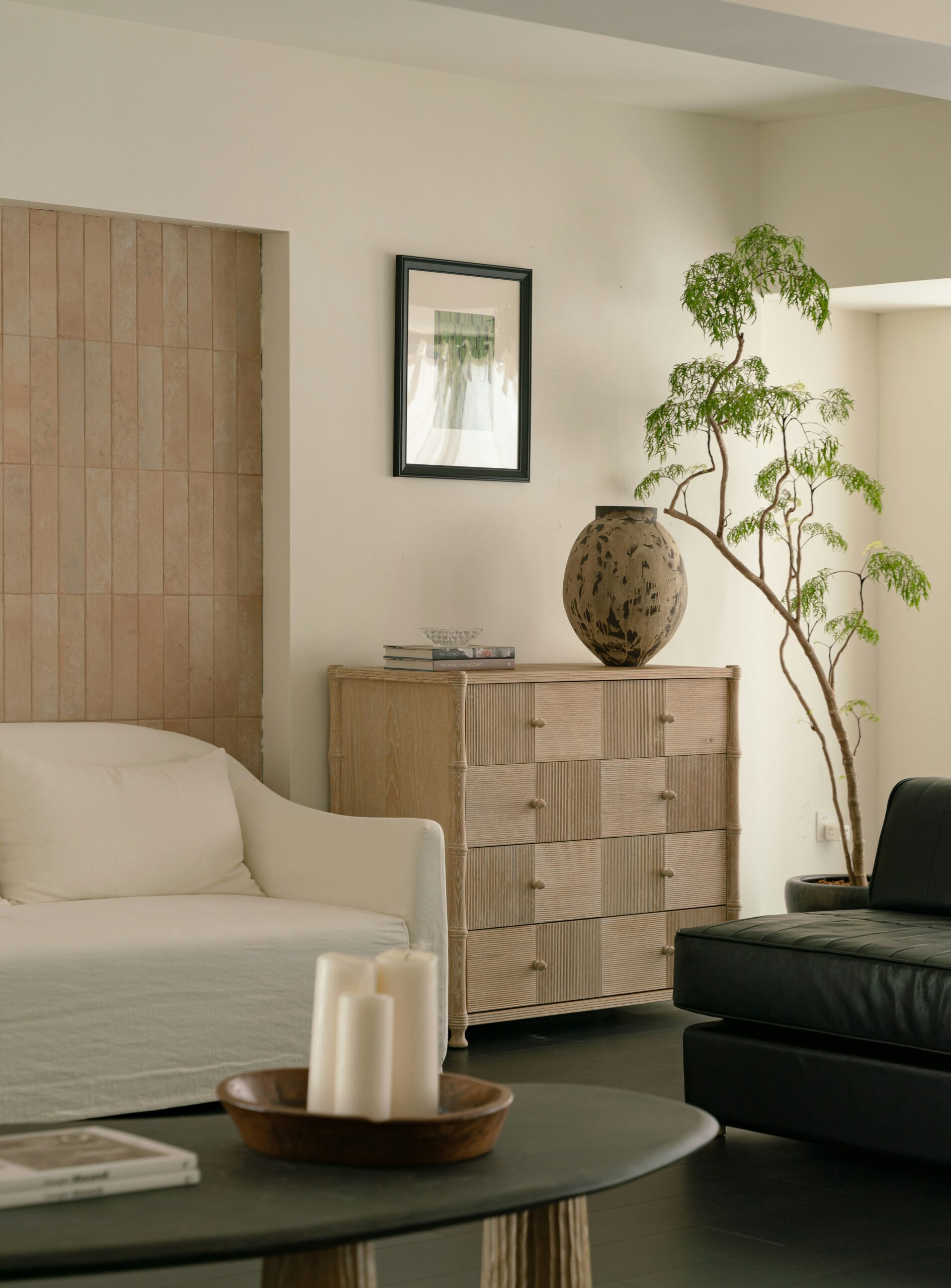
A Sense of Place: Design Rooted in Vernacular Architecture
Whether perched on a cliff in Nantucket or tucked within a heritage building in St. Louis, the architecture must whisper the story of its setting.
For a hotel, this might mean stonework inspired by the local geology, or a lobby plan that frames a skyline like a gallery. For branded residences, it’s a matter of weaving regional materials into contemporary forms—white oak milled from nearby forests, or hand-thrown ceramics made by a local artisan.
These touches aren’t just aesthetic—they are what anchor a project in authenticity. Guests and residents may not know why the space feels so right, but they’ll feel it instinctively.
Materiality: The Signature of Luxury
In both boutique hotels and branded residences, the quality of materials is non-negotiable. Not because luxury is defined by expense, but because it’s defined by how something ages.
-
Stone that develops a soft patina instead of staining.
-
Fabrics with a hand-feel that improves over time.
-
Lighting that shifts the atmosphere from sunrise to midnight without harshness.
Even the smallest decisions—like specifying hand-stitched leather pulls on a minibar—carry weight. In my own projects, bespoke furniture and lighting design becomes the bridge between architecture and mood, ensuring no element feels “off the shelf.”
(See my Hospitality Design Services for examples of custom furniture and lighting that have become visual signatures for properties.)
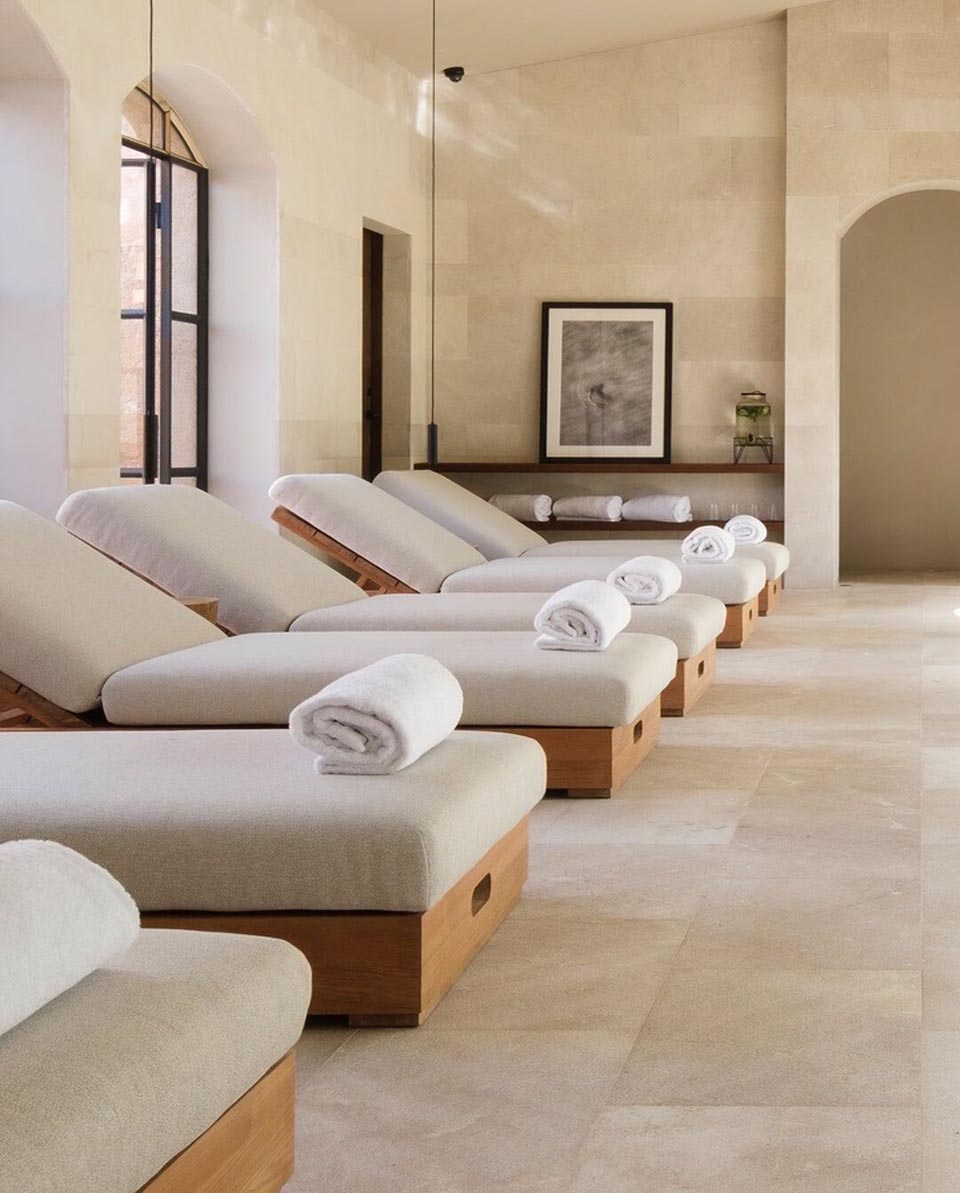
The Choreography of Space
A truly elevated hospitality or residential experience is as much about movement as it is about materials. How guests arrive. How they navigate. How they feel in transition.
In hotels, this means anticipating everything from the soundscape of the lobby to the quiet intimacy of a corridor. In branded residences, it might involve aligning windows to catch the golden hour or creating a seamless connection between indoor and outdoor living spaces.
Both require a balance of efficiency and theater—because whether you’re returning home or arriving for the first time, the journey should feel effortless.
The Boutique Difference
What sets boutique properties apart is the absence of corporate sameness. This is where curated home goods play a crucial role. A handwoven throw in a guest suite, a sculptural table lamp in the lobby, or an artisanal vessel in a residence kitchen—they all act as tactile memory markers.
(Shop a curated selection in the Rachel Blindauer Home Goods Collection, designed for those who want their spaces to feel intentional, not just filled.)
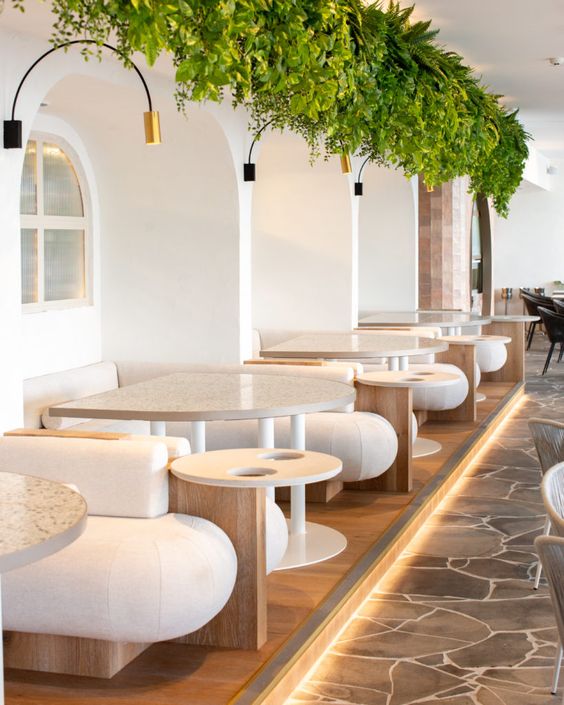
Designing for Longevity in a Fast-Changing Market
Trends in hospitality can be fleeting. What’s relevant in 2025 may feel passé in two years—unless the design is built on timeless principles. The secret is knowing when to follow the cultural moment and when to ignore it entirely.
For example, natural stone baths and warm wood tones have staying power because they connect to human comfort at a primal level. Neon-lit selfie walls? Not so much.
Luxury design for boutique hotels and branded residences is about designing the next 20 years, not the next two.
Where Vision Meets Execution
Whether it’s a 50-key coastal retreat or a series of branded penthouses in a metropolitan skyline, my role is to translate vision into built form—uniting narrative, materiality, and precision execution.
From sourcing artisans halfway across the world to designing custom furniture that doubles as an architectural focal point, the work is meticulous by nature. And while the process is rigorous, the end result should feel effortless.
Ready to create a destination that defines luxury in your market? Book a Consultation to begin the conversation.

